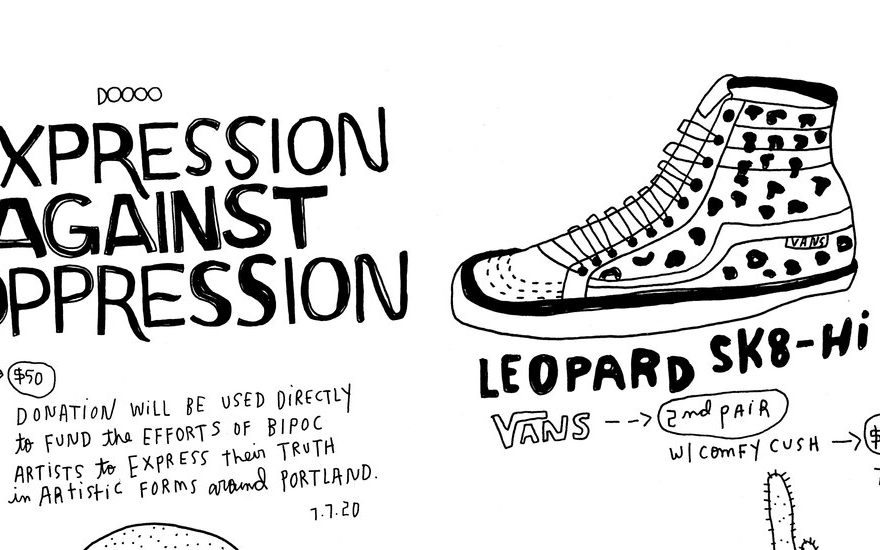Taking the time to sketch your belongings can help capture moments and memories.

By Kate Bingaman-Burt
Find an old receipt in your wallet. Feel that thin paper on your fingers, and look at the inky machine type. Why is this telling you to have a nice day? Did you? Instead of throwing the receipt away, draw it. It’s not only a marker of money spent — a replacement for the cash that was once in its place — but of a real moment.
Now, open your cabinet and look at all those coffee mugs. Virginia is for Lovers, the Zabar’s mug with that brilliant, chunky serif lettering, and that handmade one in the back that your aunt created while enrolled in an intro to ceramics class. When you draw these mugs, or that receipt or a favorite book, tchotchke or family photo, you’re not only drawing an object, you’re memorializing the story behind it.
Drawing itself is a moment — time spent with the object you’ve chosen, and a chance to consider its story. You can spend time with your objects in different ways by drawing them carefully or mindlessly, with a pencil, pen or in watercolor.
Once you have picked the object, how do you start drawing? There are a few ways (pick a time of day, pick a favorite pen, pick a favorite object), but really it’s about finding something that feels good to you and having a desire to document your life.
Start with what you can see, by noting your object’s most distinct features (use the space at right for your drawing). Perhaps drawing the outline of the object might be a good place to start (the contour line of one of those mugs) and then digging into the details (drawing the image of the Virginia is for Lovers logo). Then jot down a few things that can’t be seen. A quick memory from that time in your life, a little story about the person who gave it to you or about how it makes you feel.
Maybe this mug was given to you by a friend you no longer talk with, or you picked it up on a vacation with your family when you were in college, or you found it for a dollar in a thrift store and it’s your favorite mug. It might take a few attempts before you discover a rhythm. The important thing is to not stress it. After all, you’re not being graded.
Does it have to be an accurate drawing? Heck no. You’re making a drawing, not a photograph. You get to pick its style, and which details get attention and which details don’t. If you’re thinking: this can of peas has way too much type on the label! Then just draw PEAS. It’s your drawing.
If you feel like drawing your objects could become a regular practice, something you do daily or weekly, make a loose set of rules. Pick a consistent medium, get a dedicated sketchbook and make a routine around it, setting aside a regular half-hour each week to look, draw, and write. Perhaps you share these drawings. Perhaps you don’t. If you break any of these rules you’ve made for yourself, it’s OK. Remember, this is supposed to be fun for you, and if other people get something out of it, that’s nice too.
Site Index
Site Information Navigation
Source: Read Full Article
